The various health benefits of tea
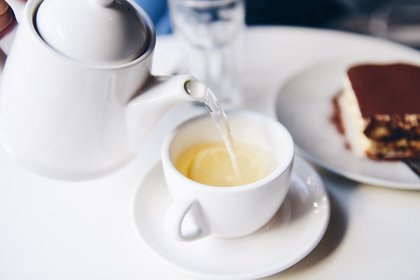
Before it became the second most popular drink in the world to water, tea was only used as a medicine. Since its original discovery, thousands of years ago people have known the health benefits of different kinds of tea, and it has always been renowned for its wondrous healing properties.
Although us Brits never need an excuse to put the kettle on and grab a cuppa, there are many health benefits to tea, and they can change from brew to brew. From oolong to chamomile, everyone has a tea of choice, but do you know the health benefits of your preferred cuppa?
Oolong
Oolong is a traditional Chinese tea that combines the qualities of both black and green teas. It is made from Camellia Sinensis, the same as black, green and white teas, but it is different due to the unusual way in which it is processed. The process used for oolong involves withering the plant under the strong sun and the oxidation before curling and twisting.
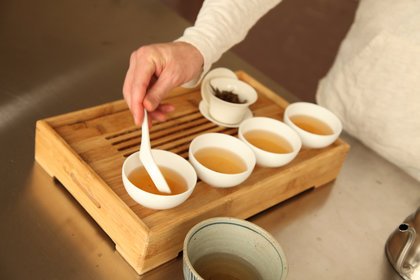
Although the specific effects of oolong have not been as well researched as other teas, the mixture of black and green tea qualities create an interesting fusion of health benefits. A study has found the women who drank oolong tea as opposed to just water burned slightly more weight for 6 weeks, due to the enzymes found within the brew.
Black
Black tea is the secret to your builder’s brew, which some could argue is the backbone of this nation. Even this bog-standard brew has fantastic health benefits. A study on people in the Mediterranean found people who consumed black tea on a regular basis were 70% less likely to suffer from type 2 diabetes.

Caroline Hope, who coordinates authentic English afternoon tea workshops spoke to us about the ritual behind tea: “Making a small pot of tea using good quality black tea (probably loose leaf) and drinking it out of a nice cup and taking 10 minutes to sit down, savour and enjoy will enhance wellbeing. Rather like meditating or mindfulness, you take time out to enjoy the ‘slow time’ (as my Japanese travel trade advisor described it when coming over from Japan). Enjoy the tea for its sake rather than a drink on the hoof. “
Green
Green tea is the token health drink of this century. You can’t avoid it, and this healthy brew is popping up in coffee shops on every street corner. Green tea has been seen to reduce skin inflammation and is a great tool for fighting acne or skin issues. When you are done with your cup you can even break open the contents of the teabag to create your own home-made face mask.
It has also been rumoured to help aid your metabolic rate and aid with weight loss, and whether you believe these claims or not, studies have found some good evidence both towards and against supporting this.
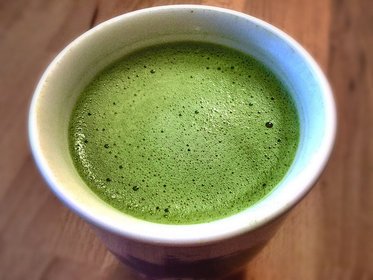
SEE ALSO: 5 Reasons Why Blueberries Need to be in Your Diet
The English Tea Store speaks about the health benefits of tea on their website: “Green tea is very popular in Asia and has long been deemed as a soothing health tonic. Japan has a lower rate of Alzheimer’s disease and other forms of dementia than the U.S. and other Western countries, and it could be attributed to the high levels of green tea consumption. Researchers from The American Journal of Clinical Nutrition found that seniors in Japan who drank one or more cups of green tea a day were half as likely to show cognitive and memory problems as those who drank less. The more tea the subjects drank, the lower their chances of having mental difficulties. Members of green tea-drinking cultures usually consume three cups a day.”
White
White tea is the multi-tasker of teas. The Camellia Sinensis leaves are the same that are used for black, green and oolong just processed at their earliest stage. White tea is one of the rarest forms of the drink and can be one of the most expensive, but studies have found it can also have arguably the greatest health benefits.
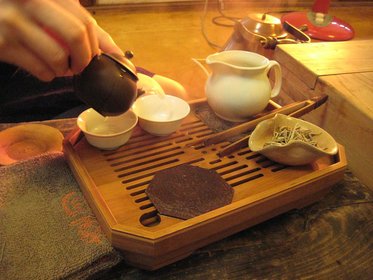
Certain studies have found white tea might even be able to fight cancer. One study has found that not only can it have an antioxidant and antiproliferative effect on cancerous cells, it can also protect normal cells against DNA damage. Many more studies have been and are being conducted to work out the full extent of the benefits of white tea.
Chamomile
Chamomile tea has been a tried and trusted remedy for a long time. Several studies have found the chamomile plant to kill bacteria, reduce inflammation, calm muscle spasms and inhibit the growth of diseases and viruses. The chamomile flower is most known for being an anti-inflammatory.
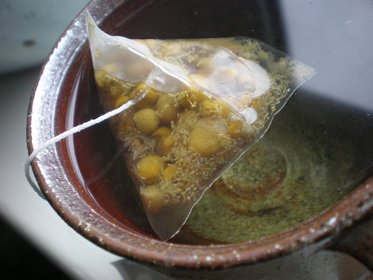
Chamomile tea is also applauded for its effect on stress and anxiety symptoms. Not only does the act of just taking ten minutes to sit down and sip a cuppa slow your body down, but chamomile itself is also great for relaxing the body and the mind.
Fruit Tea
Although fruit teas and very popular, they are generally not actually teas at all! They are actually tisanes, which means they are infusions, usually of herbs, spices and fruits. It is also uncommon for a tisane to contain any caffeine. Some of the most popular flavours of tisanes are peppermint, apple, cherry, strawberry and peach, but there are hundreds of blends to try. Due to the lack of tea, tisanes have other health benefits, which can vary from flavour to flavour depending on the infusion.

Chai
Chai tea, also known as masala tea, is a blend of black tea and aromatic Indian herbs and spices and a heavy milk. Although the spices vary around the world, and even from region to region in India, some of the most common are cloves, cinnamon, ginger, cloves and pepper. A relatively new tea to the west, but increasingly popular due to its distinct and warming flavours.

T Ching, a blog focusing on changing information in the tea community investigated the health benefits of chai tea: “If you look on the web, you’ll find countless recipes for chai tea. The most commonly used central spices include cardamom, ginger, cinnamon and cloves. It is the antioxidant effect of all these healing spices that is at the core of their medicinal value.”
“Cardamom is most noted as a safe and effective, warming, digestive aid although some believe it also stimulates the mind and provides cognitive clarity. Ginger is another wonderful healing spice. It is an excellent carminative with antifungal, antibacterial, antiviral and anti-nausea effects. In addition, there is evidence that ginger stimulates the circulatory system. Cinnamon had been used for hundreds of years as a perfume but today is recognized as a gastrointestinal aid with antibacterial actions. Clove contains a chemical component called eugenol which is currently being used as a dental analgesic. Folklore recommends clove as a natural remedy for toothaches and as an effective agent to combat bad breath.”
Now you know how to pick the perfect brew between your relaxing spa breaks in Yorkshire, so next time you put the kettle on, consider what’s going in your mug.
Image Credit: Breville USA, NuCastlel, Mers, Rakesh Rocky, Derek Tam, City Foodsters.
